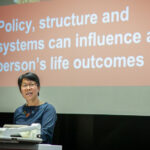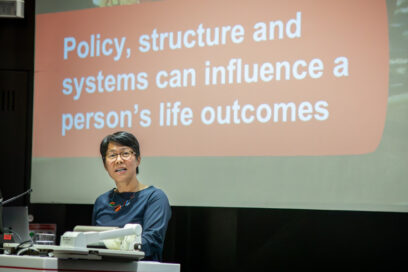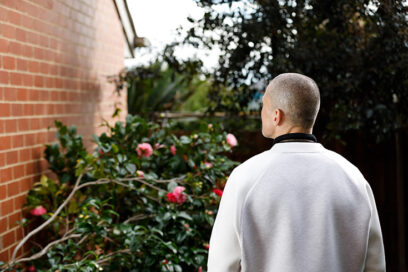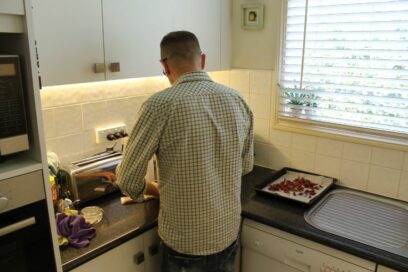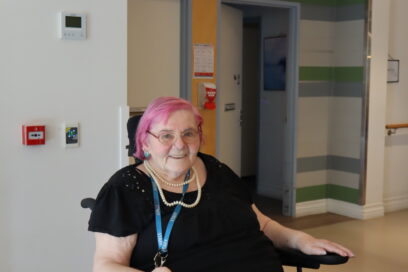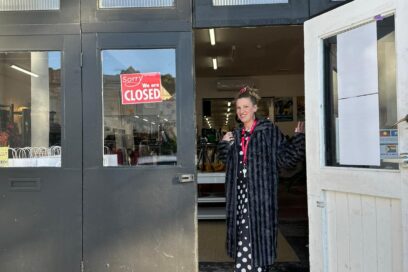Every day, Sacred Heart Mission (SHM) works to provide people who are experiencing homelessness with access to a wide range of services that work to address the underlying causes of chronic disadvantage and social exclusion.
For more than a decade, SHM developed, tested and refined a program that addresses chronic homelessness — the Journey to Social Inclusion (J2SI) program — now known as one of the most effective service models to end chronic homelessness in Australia.
In 2017, J2SI was expanded to 180 people over five years in Melbourne through a unique and bold partnership with funding from the Victorian Government, financial guarantees provided by philanthropy (including the NAB Foundation) and low-cost debt from the Catholic Development Fund (CDF). Importantly, this was the first time contingent grants from philanthropy were used in the delivery of a government pay-for-performance social impact investment in Australia, significantly lowering the cost of financing.
Contingent grants are an effective way to deliver low-cost funding, generating savings for both government and service delivery organisations and have the potential to unlock greater amounts of capital to enable social impact at scale. In Australia contingent grants are an underutilised tool in the philanthropic tool box – and there is considerable scope to expand this approach to social impact investing by leveraging the corpuses of trusts and foundations, moving beyond grant making to support the scaling of proven, impactful projects like J2SI.
NAB, in partnership with SHM and the Victorian Government, commissioned a case study from the Centre for Social Impact (CSI) as a contribution in building the impact investing ecosystem in Australia and to help others to better understand how innovative financing mechanisms and partnerships across sectors can improve social outcomes.
Download a summary of the case study
Read the complete case study here


